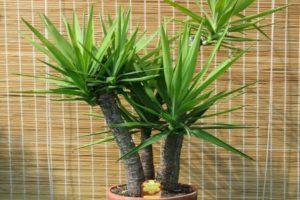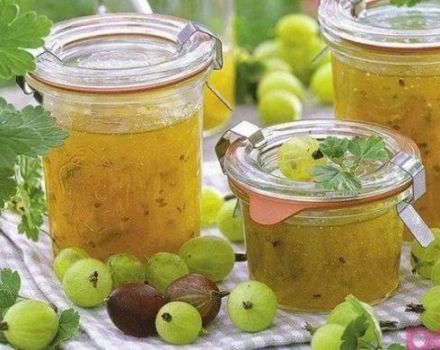Description of indoor varieties of eustoma, planting, growing and housekeeping in pots
Indoor eustoma, although a difficult flower to grow, does not frighten off plant lovers at all. He is appreciated for his tenderness and grace; in popularity he is in second place after a rose. It is also called the Texas bell, Japanese or Irish rose, lisianthus - a bitter flower. Eustoma is often found on the main pages of a floriculture manual. For a plant to bloom profusely, you need to know the rules for planting and caring for it.
Characteristic features of room eustoma
At home, the plant is represented by a low bush of compact size with highly branched stems. The leaf plates are quite dense and have an oval-lanceolate shape. The outer side has a wax coating to help protect from the scorching rays of the sun. Externally, the flowers are very similar to roses, the only difference is the presence of a funnel-shaped notch.
But already in a loose state, they can be compared with poppies, the number can reach 35 pieces. There are specimens with pink, purple, white or purple buds. There are also varieties of plain color or with contrasting edging around the edges.
It is noteworthy that under natural conditions eustoma lives for only 2 years, and when grown in the garden - only one season. As an indoor culture, it is able to delight with its attractive appearance for up to 4-5 years.
Common species and varieties
There are over 60 varieties of a flower, but Russell's eustoma is chosen for keeping the house, the height of which does not exceed 45 centimeters. For planting in a garden, the most popular options are species with large flowers. If you intend to use flowers in the future to make bouquets, then it is recommended to plant tall crops.
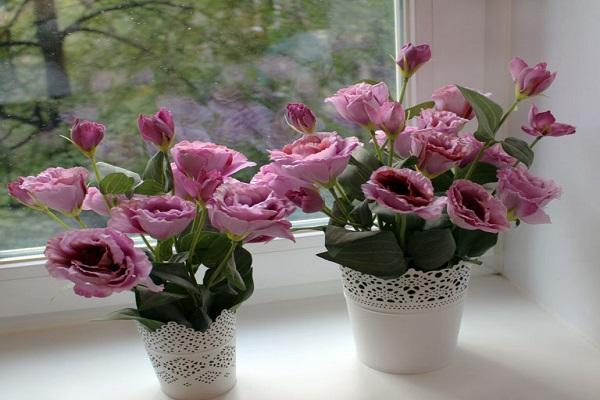
Among eustoma with an intensive growth rate, special attention among gardeners is enjoyed by:
- Aurora, which stands out for its early flowering period. The color of the buds is white, blue, blue or pink.
- Echo, which is almost 70 centimeters high. There are 11 varieties of it. The stems grow sprawling, and the buds are large.
- Heidi, characterized by stable and abundant flowering, is 90 centimeters tall. The variety has 15 varieties.
- Flamenco, which has established itself as tall and unpretentious in maintenance, its height is 90-120 centimeters. Also, the variety has many shades.
For indoor cultivation, the following varieties of eustoma are used:
- Mermaid, characterized as a short, branched plant 12-15 centimeters long. Small flowers are painted white, pink, blue or purple.
- LittleBell is an eustoma with a height of only 15 centimeters, it does not need to be pinched, its cups are formed in a simple funnel shape.
- Fidelity - eustoma grows up to only 20 centimeters. It is a white flower with numerous spirally arranged buds.
- FloridaPink is an eustoma with pink flowers of regular shape.
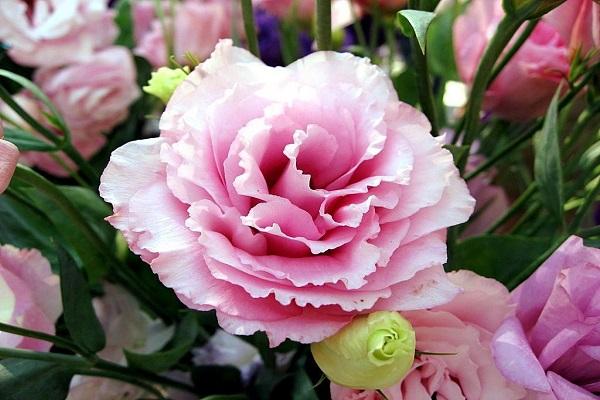
Conditions for growth and flowering are necessary
For the successful cultivation of eustoma in an apartment, it is necessary to create comfortable conditions for growth and development. Only the optimal microclimate, moisture and air permeable soil and competent care will allow you to achieve bright and lush flowering.
Optimal location and lighting
Indoor eustoma is distinguished by its increased light-requiring. For the winter period, it is recommended to transfer the pot to the sill of a south-facing window, and for the summer season - to the west or east. Do not allow direct exposure to the rays of the sun on eustoma leaves, otherwise there is a high probability of burns. Given this feature of the flower, in winter it will be necessary to use phytolamps for additional lighting (15 hours a day).
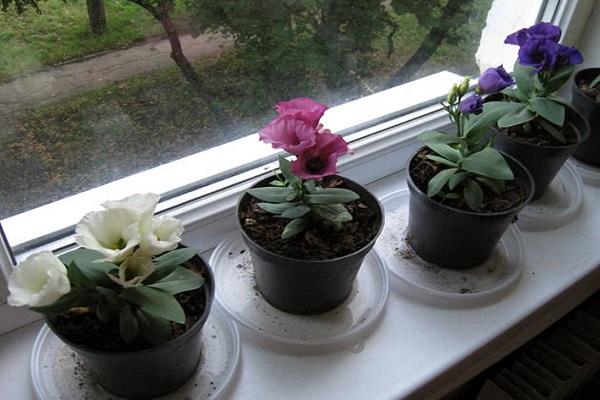
Temperature indicators
For delicate eustoma, it is required to maintain the temperature in the range of + 20-24 degrees. These are the conditions that a plant needs to lay new buds. If the temperature is within + 27-30 degrees, then in the first year the ovaries will be engaged in the accumulation of useful components, and they will bloom only the next year. When the budding phase ends, the eustoma needs a rest period.
Air humidity
For eustoma in winter, the content in dry air is especially destructive. The plant is also contraindicated to be near an air conditioner, heating devices. For eustoma, it is preferable to stay at a humidity level in the room in the range of 40-60%. If the plant begins to wilt, then the humidity in the room should be increased.
The critical parameters for room eustoma are considered to be a moisture level of 10-30%. It is possible to increase these indicators by using pallets of water placed near the pot..
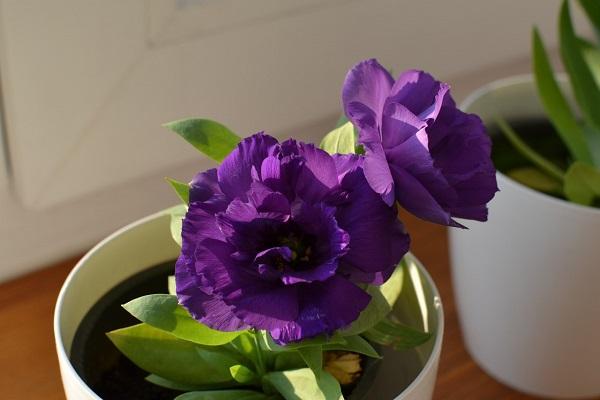
How to plant a plant at home
Competently carried out planting work allows the eustoma to quickly take root and grow.
Suitable soil and drainage
You can also plant indoor eustoma in a mixture for violets. But you can prepare a soil substrate with your own hands, using peat and sand in an equal ratio or in the same proportions of peat and bark. The acidity level should be in the range of 6.7-7.0.
When growing eustoma in an acidic environment, it has a growth retardation and the appearance of chlorosis on the leaf plates. Expanded clay pebbles are used as drainage.
Pot size
For planting eustoma, it is best to select a wide vessel with low sides. This is due to the location of the root system of the flower, it is located in the upper layers of the soil. There must be drainage holes in the pot to drain excess moisture, otherwise the roots will begin to rot.
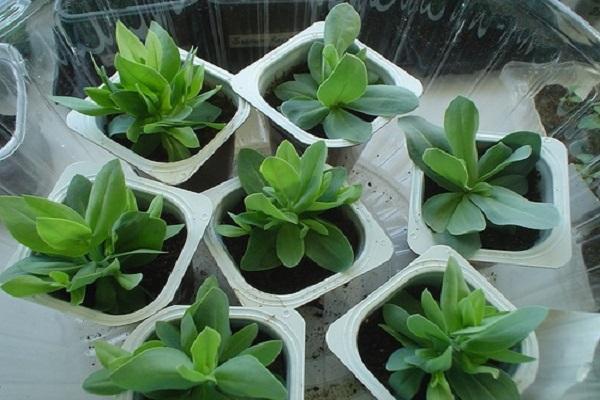
Step-by-step planting technique
Algorithm of actions regarding sowing:
- Fill container or personal containers with light soil, level and tamp a little.
- Spread the seeds over the soil surface or in shallow grooves at a distance of 1-1.5 centimeters. Sprinkle with a layer of sand to avoid the development of the black leg. In this case, the crops should be slightly visible.
- Moisten crops with a spray bottle.
- Create greenhouse conditions using glass containers, polyethylene.
Upon completion, place the container or flowerpot in a warm place for germination, where the air temperature is within 21-24 degrees.
Features of home care
Eustoma, as an indoor crop, needs regular moistening, feeding, pruning and protection from harmful insects and diseases.
Watering in winter and summer
In summer, eustoma should receive moisture often, but in moderate doses, and in winter, on the contrary, rarely. The next irrigation procedure should be carried out when the top layer of soil dries up by 2-3 centimeters. Only soft and settled liquid is used for these purposes, the excess must be removed from the pallet.
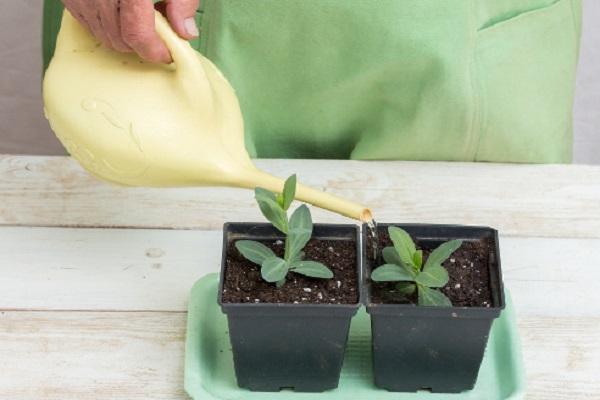
Do not allow water to get on the leaves and flowers of the eustoma, otherwise there is a risk of contracting a fungal infection. You need to pour water at the root.
Top dressing
To maintain a healthy eustoma, it is necessary to apply nutrient formulations twice a month. Any universal fertilizer for flowering crops that is bred according to the manufacturer's instructions is suitable for fertilizing. The procedures are required only at the stage of active vegetation, in winter they are stopped.
Formative pruning
After the end of the flowering phase, only three internodes and 2-3 pairs of leaves are left on the flower, the remaining branches are removed. The trimmed plant is placed in a cool place.
The nuances of leaving after flowering
Faded eustoma needs pruning and cool air. The plant needs rest to recuperate and lay buds for the next year.
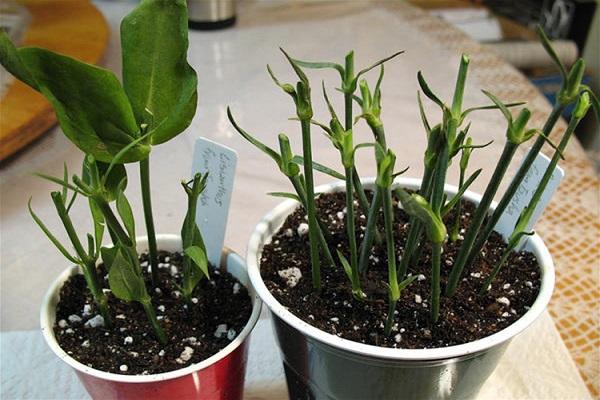
Diseases and pests: methods of dealing with them
Given the moment that eustoma is distinguished by its bitter juice, it is rarely attacked by parasitic individuals and diseases. But, with violations in care, she can suffer from ticks, small aphids and whiteflies. To combat them, drugs such as Aktara, Confidor, Aktellik, Fitoverma are suitable.
For the treatment of plants from powdery mildew, fusarium, root rot, it is recommended to use fungicidal preparations such as Fundazol, Ridomil Gold. As a preventive measure, it is good to do 2-3 sprays with one of these agents. If the flower died from a fungal disease, then it must be disposed of, and the container and tools must be disinfected with a solution of potassium permanganate, alcohol.
We organize a rest period
When the eustoma is in a state of rest, its life processes slow down. At this stage, pruning should be done, leaving up to three internodes. It is not required to irrigate the plant, the flower must be determined in the cool, where the temperature is up to +15 degrees. After waking up, the eustoma is transplanted into a new pot and all care activities are resumed.
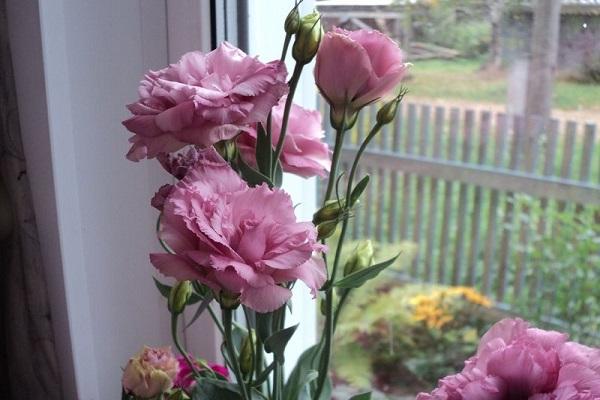
Reproduction of room eustoma
To get a new plant, you can use one of the methods: through seeds or rhizome.
Rhizome
The plant grown in the garden is transplanted into a large container in the fall, the stems are cut and transferred to the cool (8-10 degrees), where they are periodically watered. When new shoots form in the spring, the flower is propagated by dividing the rhizome. The earthen lump is treated with a solution of potassium permanganate (kept for 2 hours), excess soil is removed and divided into 2-3 parts. Sections are powdered with foundation or crushed coal, and planted in the ground.
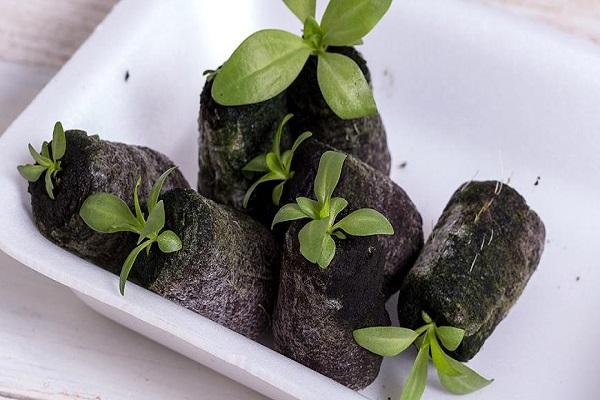
Seeds
Crops are made in early December in containers filled with a loose substrate. Then it is moistened, the seeds are laid out and sprayed again from the spray bottle. They are covered with a mini-greenhouse, placed in a room where the air temperature is +25 degrees. Periodically moisten the soil, ventilate. The first shoots will be visible in 2 weeks.
Eustoma is a luxurious house plant. Even a beginner can grow it, the main thing is to adhere to the recommendations regarding planting and care.
